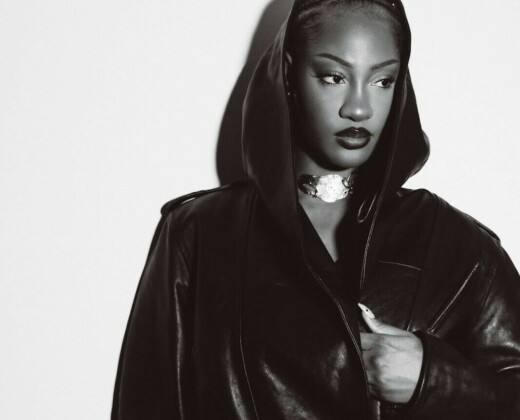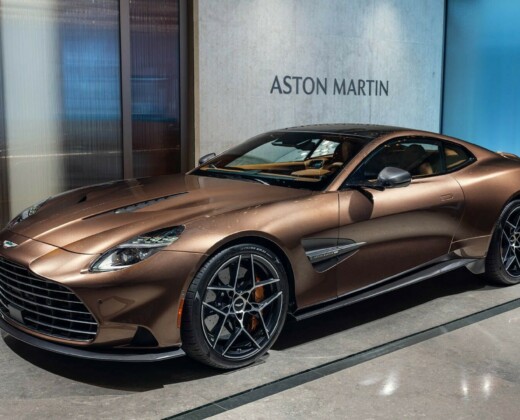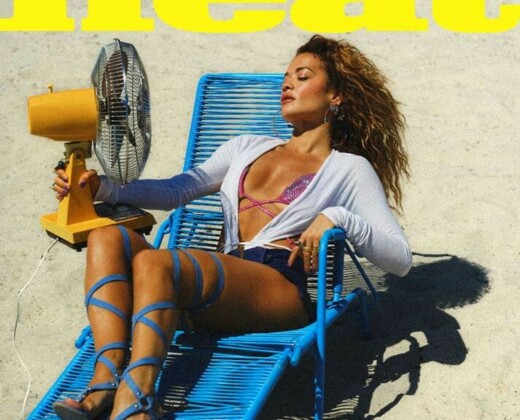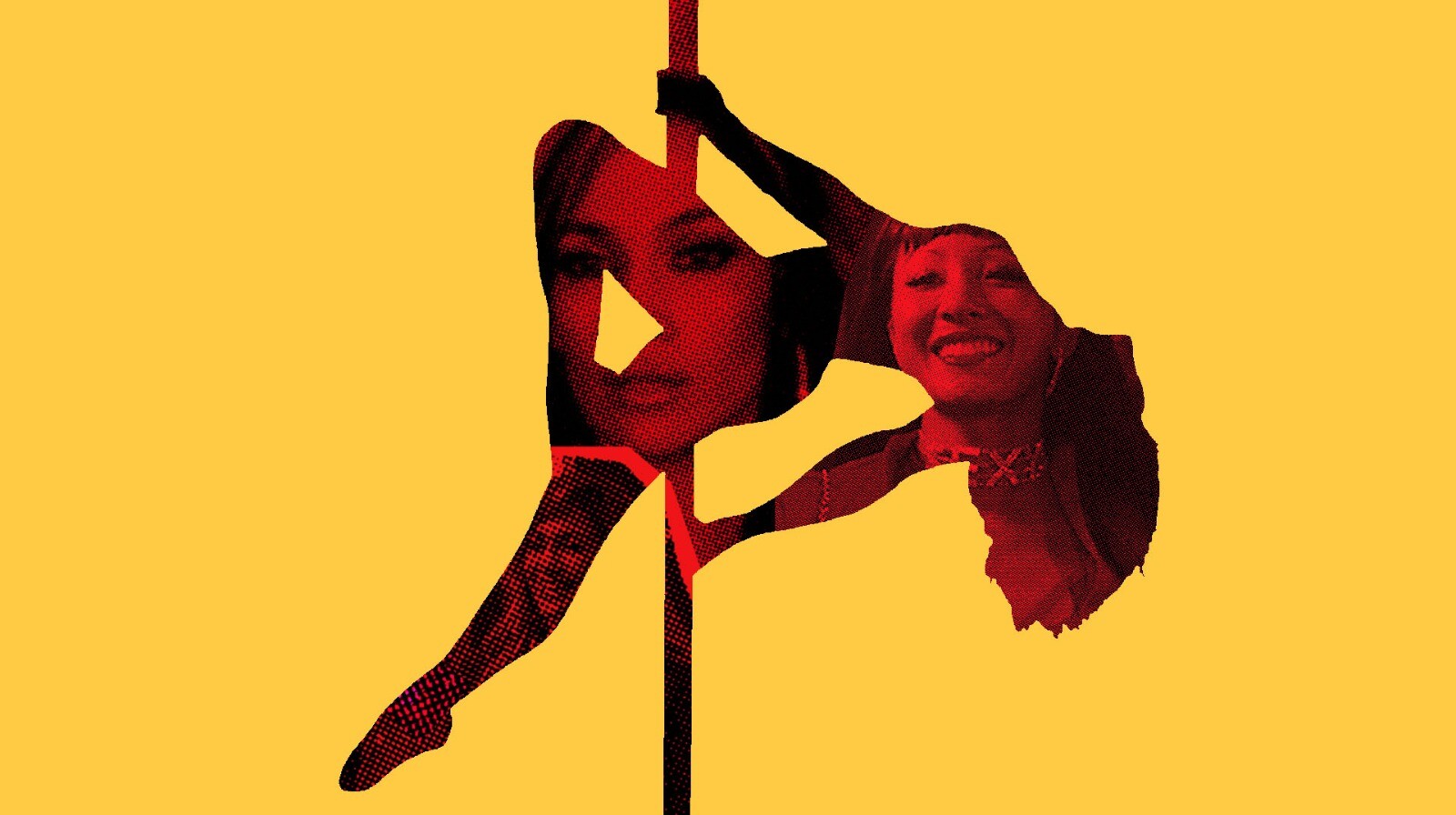
Set to hit theatres today, Hustlers is one of the most talked-about movies of 2019. It is catching attention for its all-female cast with big names such as Jennifer Lopez, Cardi B and Lizzo, as well as its controversial context: working in a strip club. Loosely based on the New York Magazine article ‘The Hustlers at Scores’ by Jessica Prissier, the film follows a group of strippers who decide to scam unlawful Wall Street clients. Judging from the trailer and the storyline, the movie provides an interesting approach to feminism.
There is female empowerment in how these characters reclaim their sexuality when pole dancing—and that’s exactly how they successfully exploit the clients. This idea comes directly from Pressier’s article which describes Roselyn Keo’s experience of being mistreated by her clients; from the married men coming to cheat on their wives, to the belittling ones who groped or judged her for stripping: “did your father abuse you?” Her case was far from being an exception, and that’s why Hustlers is so important for giving a voice to strip club employees; the stigma around stripping and pole dancing needs to be addressed and changed.
It is not just for stripping and pole dancing either, but for any form of sexual expression that women continue to be shamed and criticised. Cardi B herself has faced backlash— as many other female celebrities have—for exposing her body and twerking in music videos. The internet argues that this behaviour only further incites men to objectify women and sexualise their bodies, but as Cardi B’s clapped back, this mentality perpetuates rape culture. Rape culture designates the normalising of sexual assault and abuse and is an issue that feminism seeks to destroy. Because if a woman chooses to be sexual, it does not entitle men to touch her.
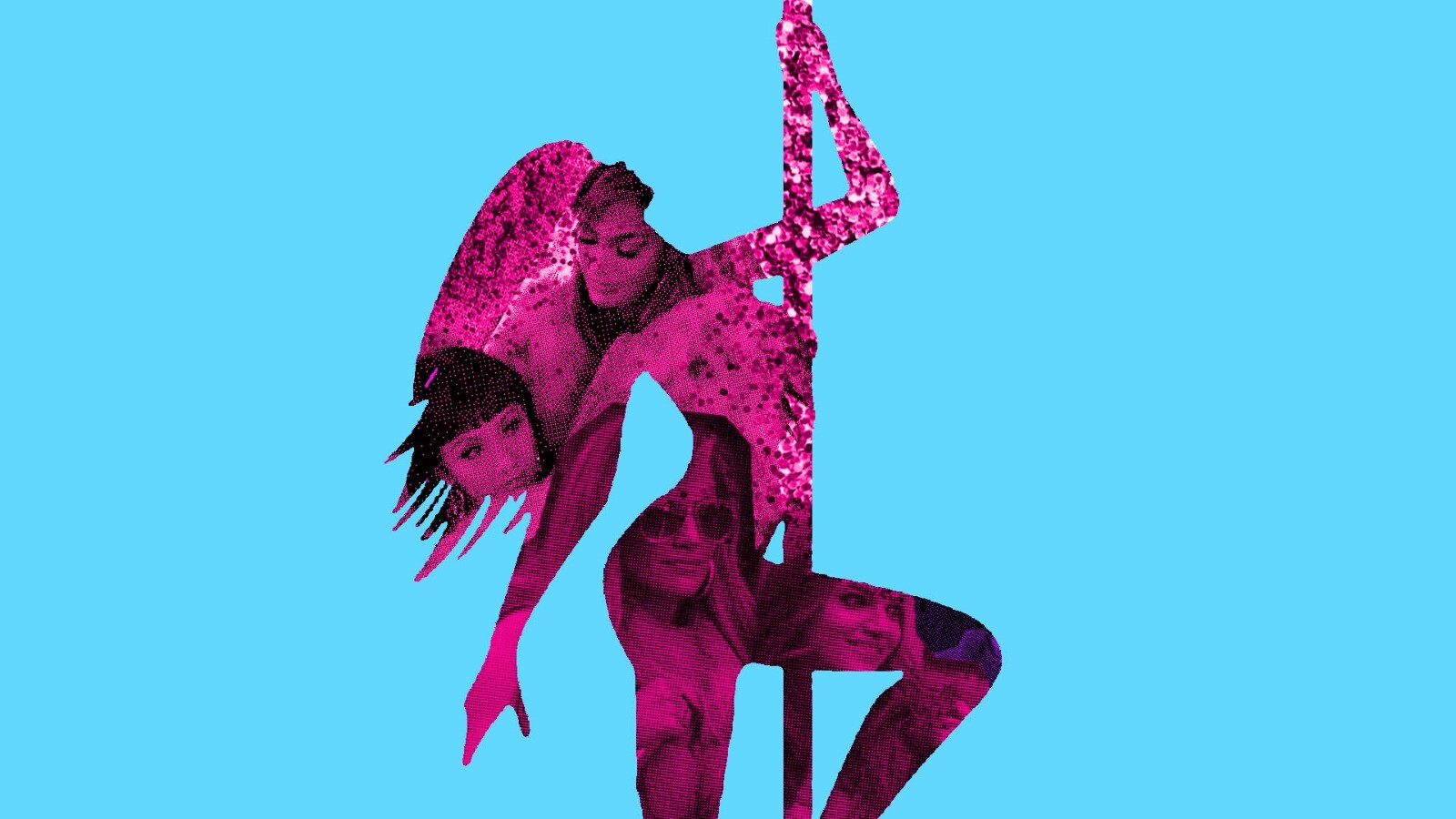
For this reason, Hustlers denies male viewers the pleasure of watching sexualised female bodies, which they usually obtain through a concept known as the male gaze. Rather common in art, such as cinema, the male gaze is the depiction of women for the male audience, through a masculine point of view. When J-Lo’s character Ramona is pole dancing; she appears sexy and powerful because she is doing what she wants with her own body. With pole dancing, the women in the movie can use their sexual side to trap the very men that shame them for showing it.
That is not to say that the women’s revenge is devoid of any complication. To call the strippers’ collective crime an act of feminism would be to ignore the problematic nature of their drugging of men. Despite Hustlers’ spot-on representation of female empowerment through women of all backgrounds, races, sizes and gender identities, the comical and light-hearted tone could lead us to believe that the movie misses crucial aspects to its portrayal of life as a stripper. Working in a strip club entails enduring invasive comments and inappropriate behaviour from clients which, as Roselyn’s story exemplifies, can lead one to grow dangerously distrustful and vengeful.
Perhaps then, Hustlers is more feminist in the moral of the story rather than in the story itself. Because while the female characters well deserve their revenge, the means do not justify the ends, and how take advantage of men is undeniably dubious. On the surface, however, the movie provides a powerful and inspiring image of a diverse group of women working together to take down—as represented by the Wall Street clients—the patriarchy.
Words by Carla Pelosoff
Graphics by Aamir Potrick
, , , , , , , , .


